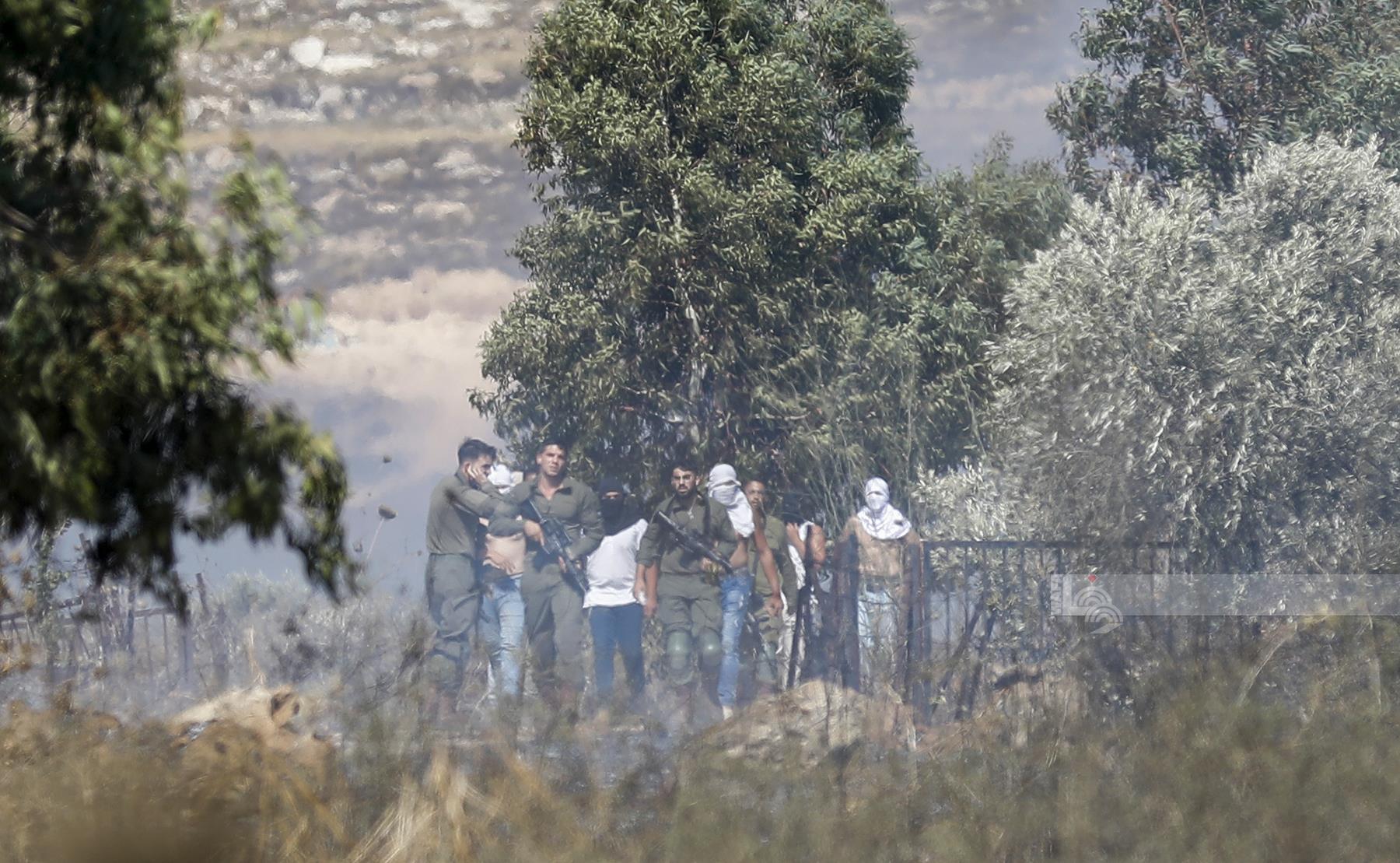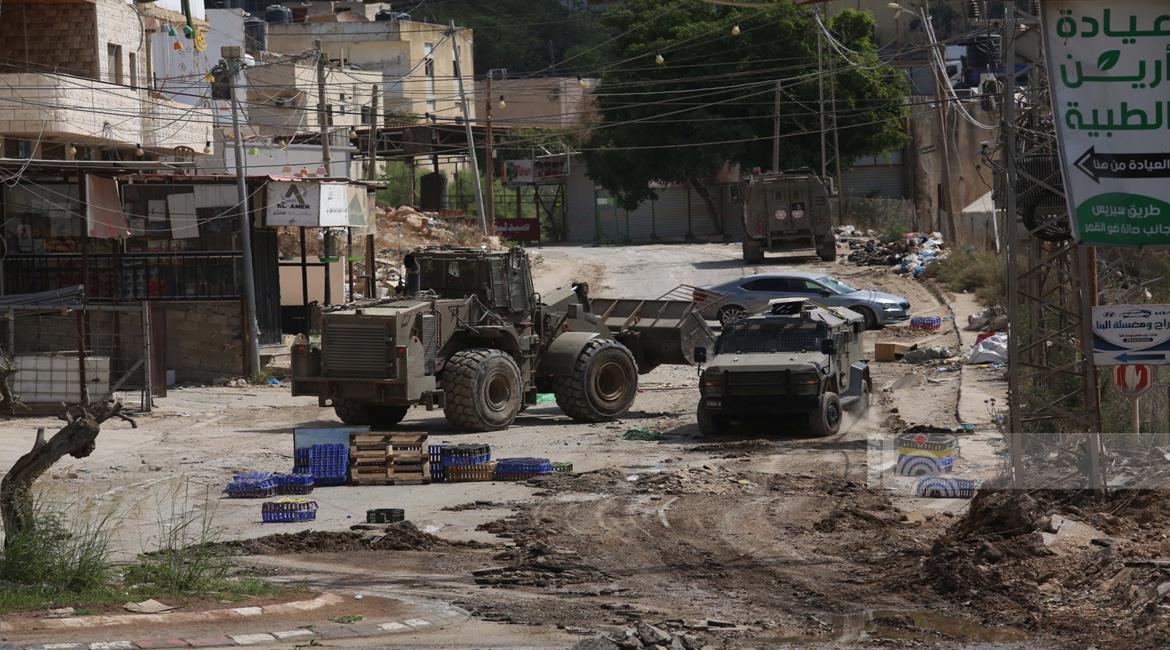RAMALLAH, November 1, 2025 (WAFA) – The Wall and Settlement Resistance Commission revealed that Israeli authorities intend to examine the construction of 2,006 new colonial units through two upcoming sessions of the so-called "Higher Planning Council," targeting eight settlements in the West Bank, including in Jerusalem.
The head of the commission, Minister Mu'ayyad Sha'ban, said in a press release on Saturday that the first session, scheduled for November 3rd, will review four small plans for the Givat Ze'ev settlement, built on Palestinian-owned land in the village of al-Jib in the Jerusalem Governorate.
The second session, set for November 5th, will address larger plans for the Givat Ze'ev settlement in Jerusalem, as well as the settlements of Avnei Hefetz and Anav in the Tulkarm Governorate, Kfar Tapuach and Efrat in the Salfit Governorate, Rosh Tzurim in the Bethlehem Governorate, Mitzpe Yericho in the Jericho and Jordan Valley Governorate, and Ganei Modi'in in the Ramallah and al-Bireh Governorate.
Shaaban added that the council plans include the three major settlement neighborhoods in Avnei Hefetz and Anav in the Tulkarm Governorate, and the settlement of Rosh Tzurim within the Gush Etzion bloc, located on land belonging to the Bethlehem Governorate.
He explained that the occupying power intends to study the construction of a total of 2,006 new settlement units on an estimated 1,072 dunams of Palestinian land.
He added that settlements such as Kfar Tapuach in the Salfit Governorate, Anav and Avnei Hefetz in the Tulkarm Governorate, and Mitzpe Yericho in the Jericho and Jordan Valley Governorate, have received extensive expansion plans from the occupying power.
Shaaban emphasized that this type of practice inherently challenges the international community and UN resolutions that criminalize colonial settlement activity. He noted that General Assembly Resolution 24/10 (S) called on the occupying power to end its illegal occupation without delay, and Security Council Resolution 2334 denied any legitimacy to settlements and settlements.
These resolutions, he added, are part of a long list of positions taken by human rights and international organizations rejecting colonialism.
He continued, stating that following the October 7th, the planning authorities in the occupying power reviewed a total of 355 structural plans for the construction of 37,415 settlement units on 38,551 dunams of land. Of these, 18,801 units were approved, while 18,614 new settlement units were submitted for approval.
The majority of these plans are concentrated in the Jerusalem Governorate with 148 structural plans (44 plans outside the boundaries of the occupation municipality and 104 in settlements within the municipality's boundaries), followed by the Bethlehem Governorate with 51 structural plans, Salfit with 48 plans, Ramallah and Al-Bireh with 38 plans, Qalqilya with 20, Nablus with 19 structural plans, and others.
Y.S












